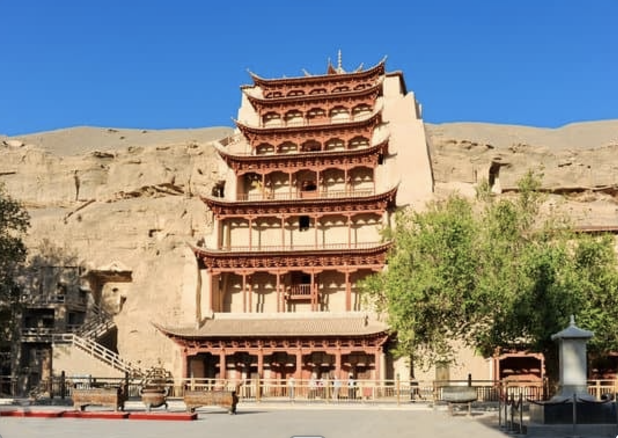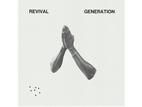The ancient Dunhuang manuscripts currently housed in the British Library and the National Library of France have now been published according to the Institute for Overseas National Literature of Northwest Minzu University on April 24, 2018.
Several pieces of the ancient documents and cultural relics found in the Mogao Grottos in Dunhuang, Gansu Province in the early 20th century have been scattered overseas. Some of them went to the British Library and the National Library of France, making these areas the home to the country's most important ancient documents abroad. The others, according to Cai Rang, the associate director of the institute, went to Russia and Japan.
The manuscripts, edited and published by the Institute for Overseas National Literature of Northwest Minzu University, Shanghai Classics Publishing House, the British Library and the National Library of France, now return home for the first time. It is expected that an online database of the manuscripts would also be made available.
The Institute for Overseas National Literature of Northwest Minzu University has been editing and publishing these overseas Dunhuang manuscripts since 2006, with some discussing topics Buddhism, history, linguistics, law, social contract and art. So far, 31 manuscripts were published by the institute and they plan to release 15 from the British Library and 30 from the National Library of France. Aside from these manuscripts, the institute also plans to publish the manuscripts located in other countries.
"Some manuscripts are hard to read because of the indecipherable words. So we read carefully and understand them by comparing with Buddhism documents handed down from ancient times," Cai said. "Next, document classification and compilation will be our key work for further research."
The manuscript is also helpful for research in the culture of Tubo or present-day Tibet during the 8th to 11th century and how cultural exchanges were done in the period.












